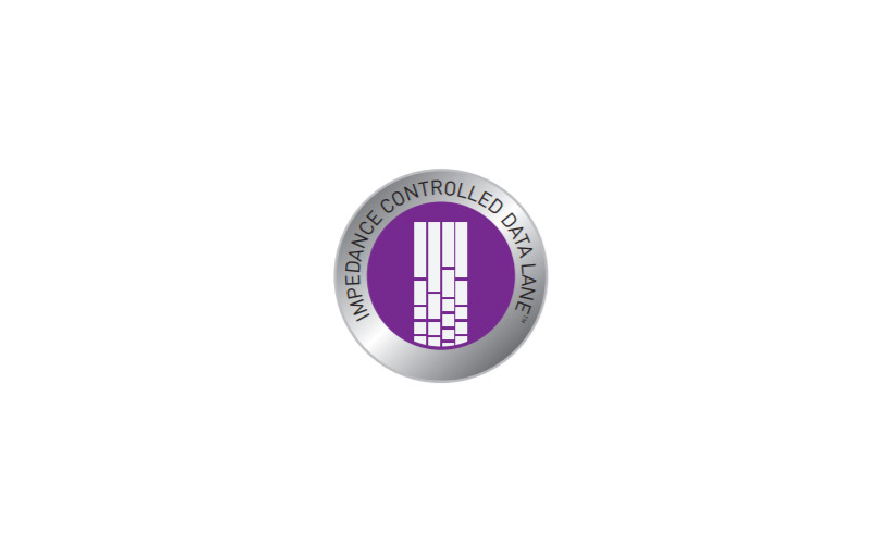
QED Reference High Resolution USB uses a tightly controlled, 24 AWG, 99.999% oxygen-free copper twisted-pair featuring low-permittivity, foamed-polyethylene dielectrics, which is uniformly bound by an aluminium/mylar wrap. This arrangement is similar to that used in our high performance HDMI cables and is not usually found in a USB cable.
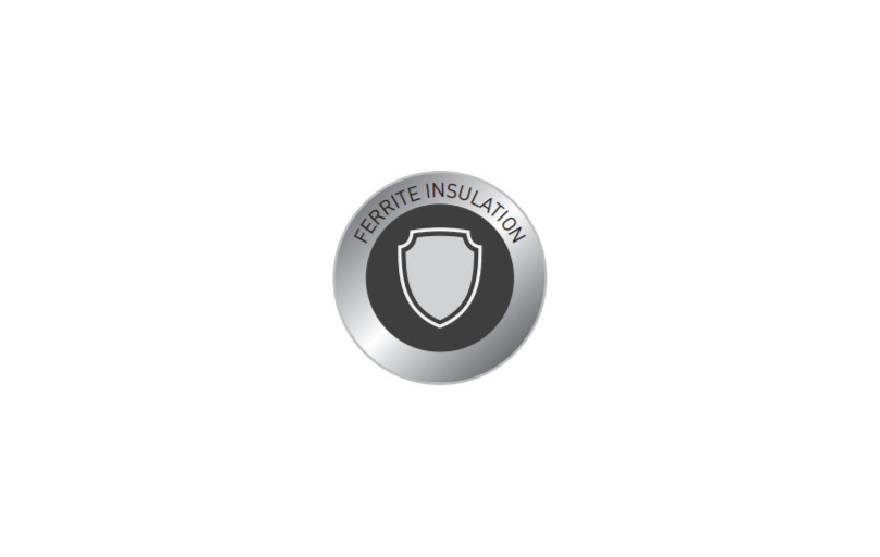
QED Reference High Resolution USB features a unique integral Zn/Mn floating, ferrite jacket. Using a proprietary process, QED has been able to distribute this radio frequency absorbent material evenly throughout the cable by means of a specially impregnated inner jacket. It is included to absorb high frequency noise signals generated both internally and externally. It works to create a much quieter electrical environment in and around the cable so that jitter within the audio data stream is minimized.
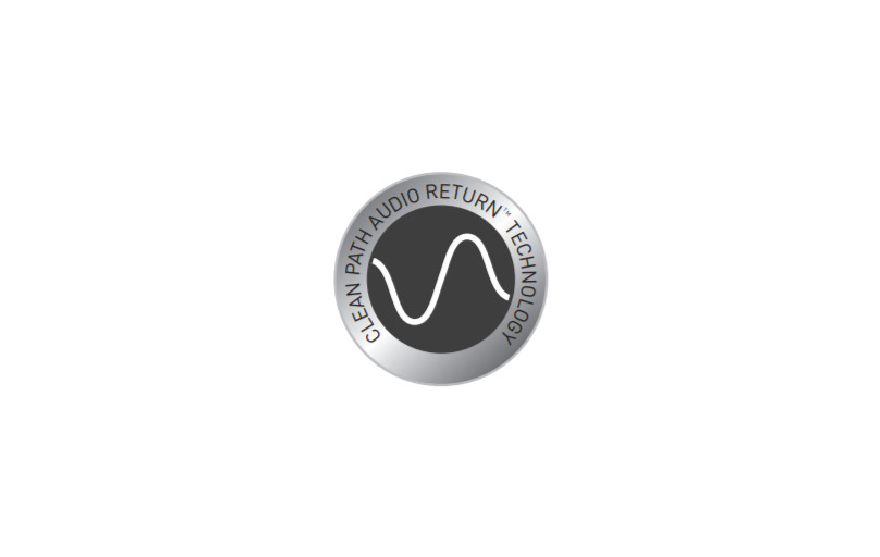
Many audio enthusiasts feel that running USB power cables carrying charging currents and PC power supply noise alongside the isochronous audio data stream can have an adverse affect on sound quality. One answer is to remove the power cables altogether but this deviates from the USB specification and can cause inconvenience, especially if the DAC electronics require USB power. Instead, QED Reference data lanes are uniquely electrically isolated by using a double layer shield comprising a 100% aluminium/mylar wrap and shield braid connected to ground.
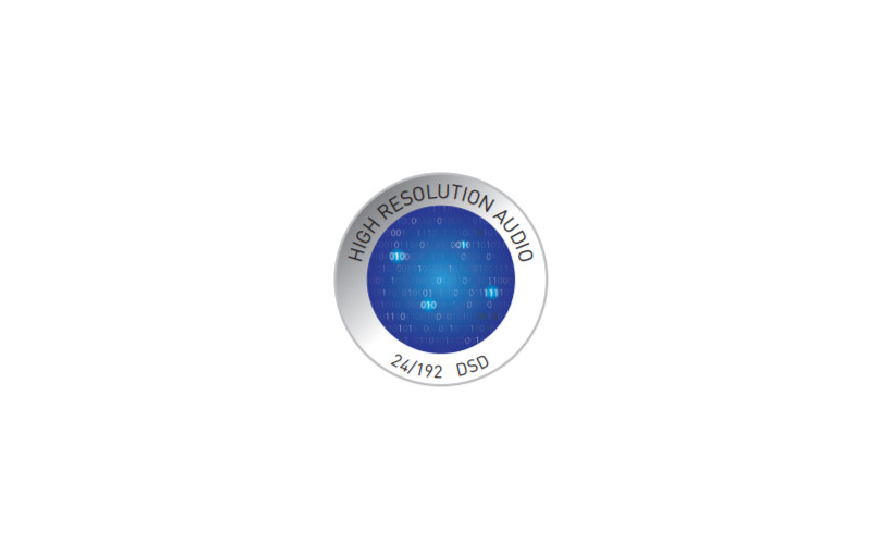
Although the highest resolution audio stream of 24/192 kHz or more (such as DSD) is well within the maximum data rate capability of the USB 2.0 standard and therefore able to be sent sent over any suitably compatible USB cable, timing error caused by cable attenuation, propagation delay skew and characteristic impedance mismatch will result in increased jitter of the isochronous data stream.

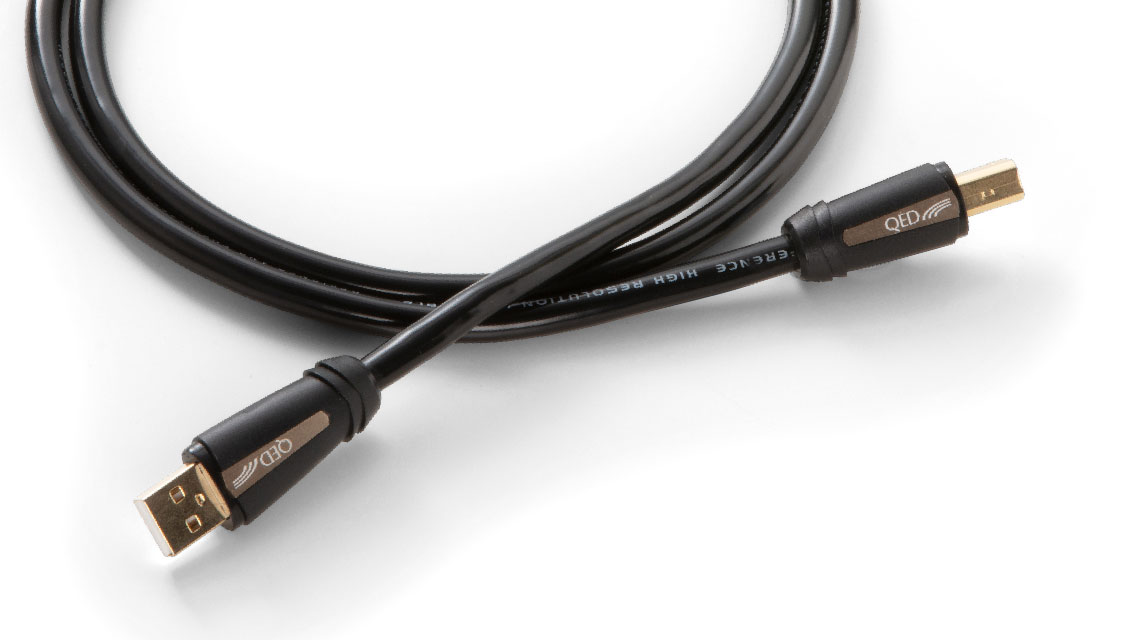
















Welcome to leave your comments for other users' reference